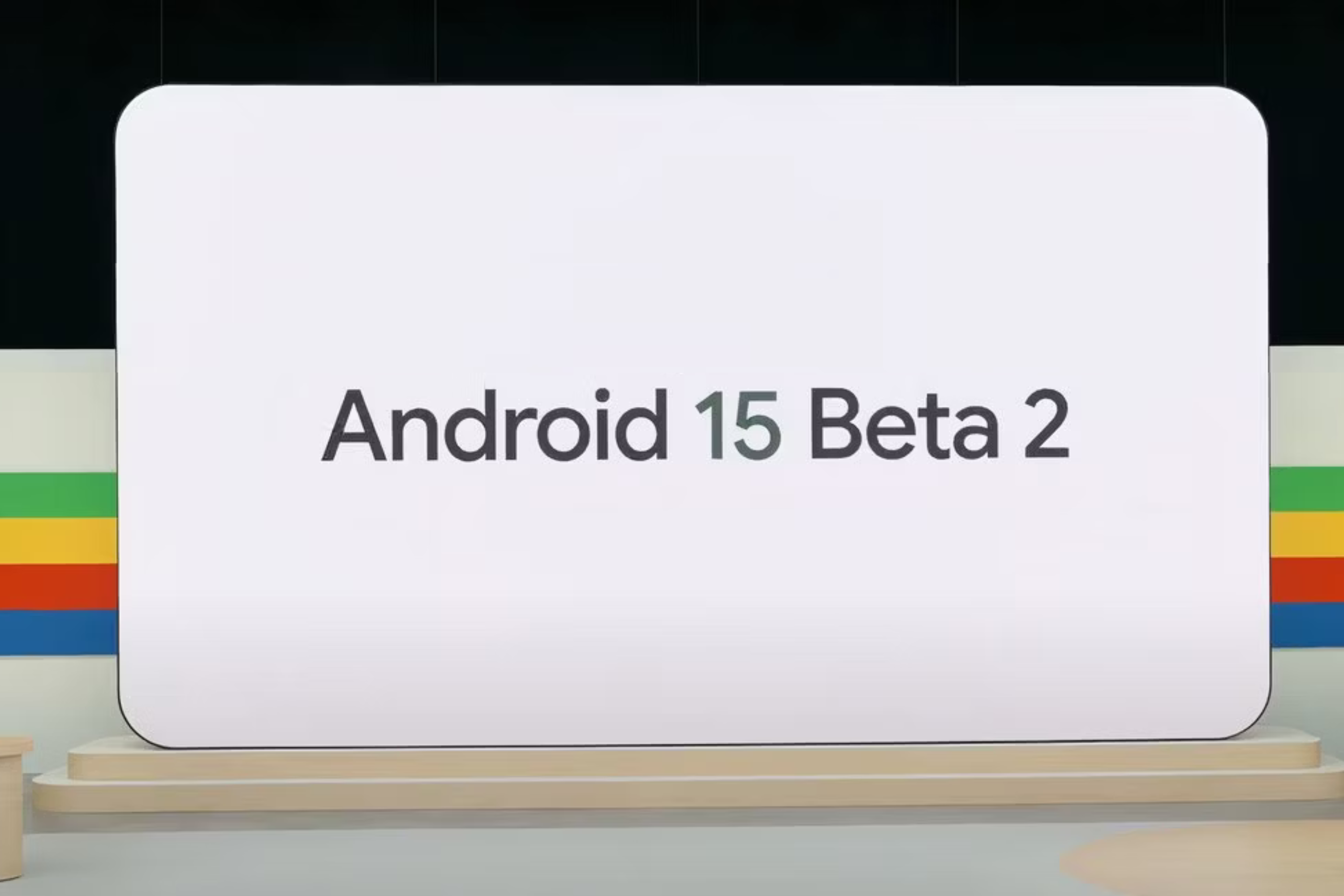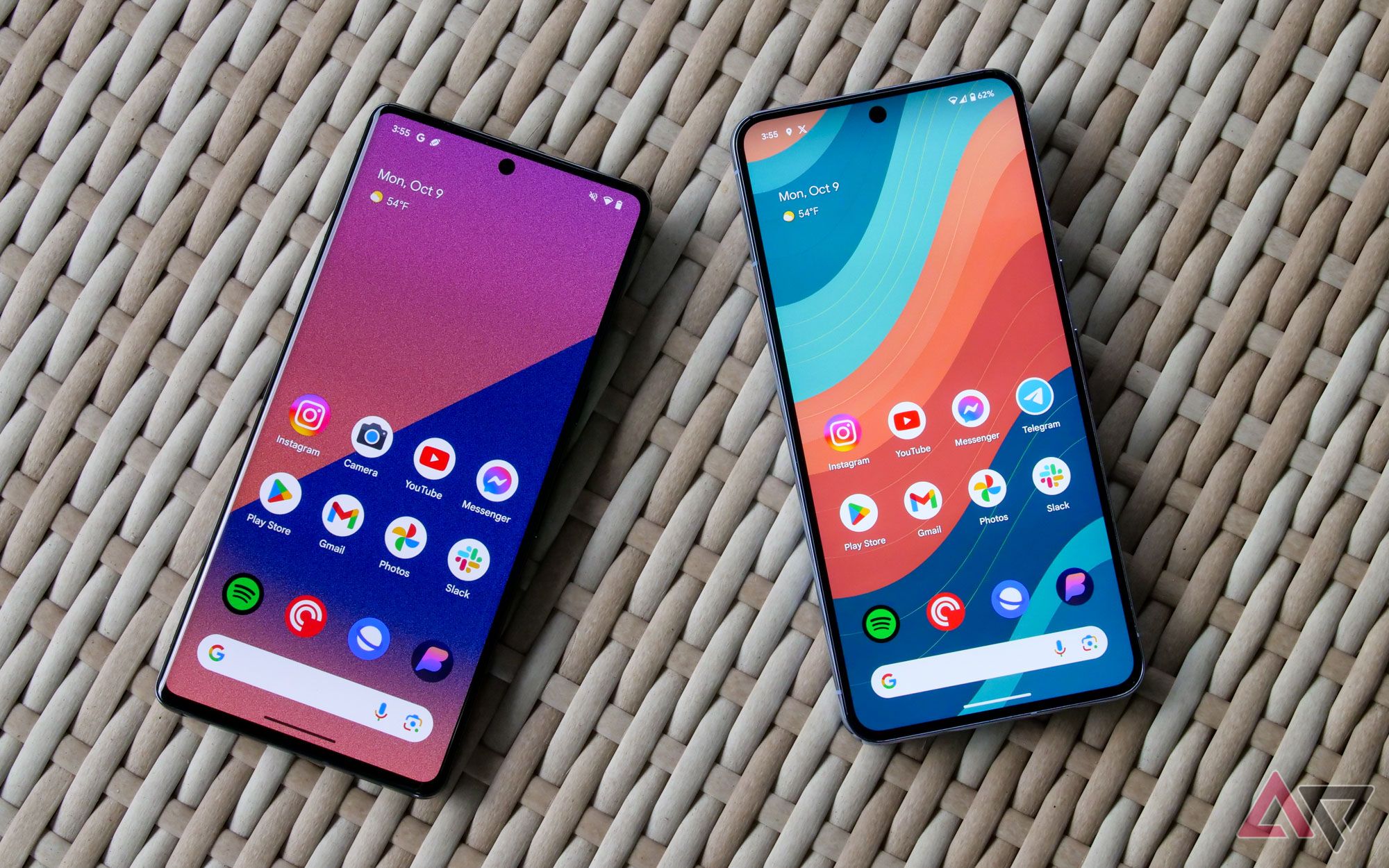Summary
- Google’s project Ferrochrome was simply a tech demo, showcasing Android 15’s virtualization abilities rather than enabling Chrome OS on Android devices.
- Google has no immediate plans to bring Chrome OS to Pixel 8 devices, focusing on virtualization technology instead.
- The Android Virtualization Framework allowed running ChromeOS on a Pixel device, highlighting Android 15’s enhanced capabilities.
Google has a long history of killing some of its most popular services and sending them to its infamous graveyard. But some Google projects might be killed before they’re even born. As we reported earlier, Google has showcased a special version of Chromium OS, dubbed Ferrochrome, that could run on a virtual machine on a Pixel 8. At the time, this invention was believed to allow users to run Chrome OS on Android devices. As it turned out, that’s not the case for Google, and project Ferrochrome was just a tech demo for the company to boast Android 15 virtualization capabilities.

Android 15 Beta 2 adds color contrast settings for Google’s dynamic Material You themes
It’s no longer a drawn out process to gain access to some valuable accessibility settings
Renowned Android expert Mishaal Rahman, reporting for Android Authority, revealed that Google showcased its Pixel 8 running Chrome OS at a “privately held event” with its key partners. The event also served as a platform for Google to underline its plans to introduce updated virtualization capabilities in Android 15.
Google says no plan to bring ChromeOS to Pixel 8 devices
During a conversation with Sameer Samat, President of the Android Ecosystem, and Dave Burke, VP of Engineering for the Android Platform, it was confirmed that project Ferrochrome was merely a tech demo. Google has no immediate plans to run Chrome OS on Android devices, focusing instead on the development of virtualization technology.
“And so then we were like, ‘we need to do a demo, what would be really cool?’ ‘Let’s put Chrome OS in there, that would be really funny!’ Like, like, could that really work? And it works! But that’s as far as it went. It’s a tech demo. What we’re excited about is the virtualization technology,” Dave Burke told the Android Faithful podcast.
Running ChromeOS on a Pixel device was made possible thanks to the Android Virtualization Framework (AVF). The feature was first introduced to the Android community as a safer alternative to TrustZone. Virtual machines allow developers to run code in a safer environment.
Along the way to Android 15, the Android Virtualization Framework got the ability to support running graphical operating systems in a virtual machine with GPU acceleration. To showcase the new feature to partners, Google picked ChromeOS as a graphical operating system and projected it onto a Pixel device.
So, the project Ferrochrome was created just to demonstrate Android 15’s enhanced virtualization capabilities. If you’re looking for a ChromeOS experience, dozens of Chromebooks are currently available on the market that you can buy right away.





